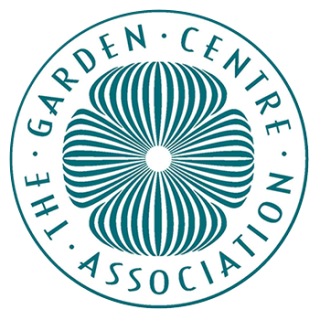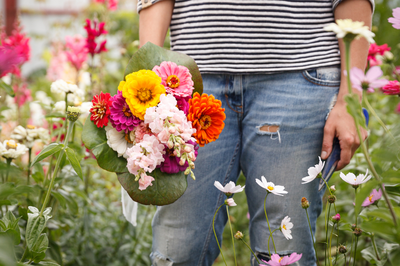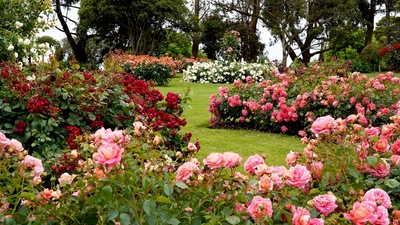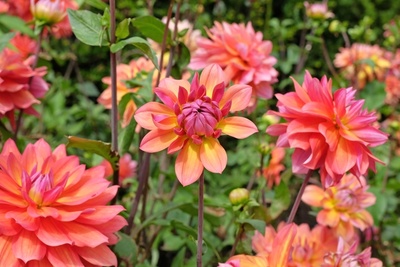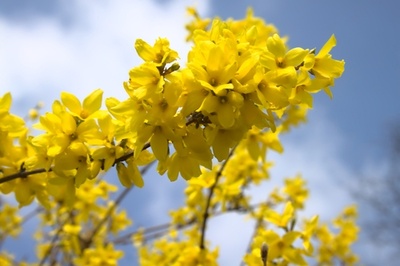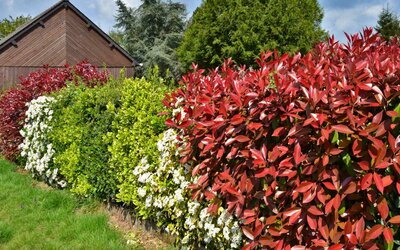
Unlike fences and walls, hedges provide many benefits to a garden and wildlife. By creating a living wall you can add texture and architectural interest to your garden, along with providing shelter for wildlife and many other environmental benefits, such as their ability to capture pollution, mitigate flooding, and reduce noise pollution. There is also research to suggest that looking at plants can help with our wellbeing, potentially reducing stress and even help manage blood pressure. So with all that in mind why are we building walls and erecting fences when we can plant a hedge and take all of the benefits that come with that.
Where to Plant Hedges
Hedges can be planted in many locations but are most commonly used to create a boundary. They can also be used to section a garden and create smaller areas within it or even used to create shapes and features. Most hedges enjoy a sunny area in order to encourage more flowers, whereas Yew, Holly, Hydrangeas and Sarcococca (Christmas Box) can thrive in more shaded areas.
How to Plant Hedges
As with any plant, the first key to a thriving hedge is how we prepare the soil – we can consider your soil as the life support for our plants!
So try to add as much organic matter to the soil (available in Pugh's compost departments) and some fertilizer such as ‘Fish Blood and Bone’, or Vitax ‘Tree and shrub fertilizer’ before you plant.
The RHS provide very easy to use step by step instructions on how to plant a hedge - https://www.rhs.org.uk/plants/types/hedges/planting
How much maintenance do hedges require?
Most modern hedges usually need no more than one trim per year, how much to trim off and the timings can vary, but because of concerns about disturbing wild birds who may be building nests here in the UK it is suggested to NOT trim in spring / early summer, so late summer early autumn is currently recommended for most hedges.
Popular hedges available to buy from Pugh's – (there many other plants which could be grown as a hedge – please talk with a Pugh's team member if you want some more options)
Bay – Evergreen
Beech - Deciduous
Berberis - Evergreen and deciduous
Box – Because of pest and disease problems across the UK we no longer recommend Box plants but do recommend Sarcococca (Christmas box) particularly in shady areas.
Cornus - Deciduous
Cotoneaster - Mostly evergreen
Elaeagnus - Evergreen
Escallonia – Evergreen
Forsythia - Deciduous
Griselinia – Evergreen
Hawthorn - Deciduous
Holly – Evergreen
Hornbeam - Deciduous
Hypericum (Upright varieties such as Hidcote) - Semi Evergreen
Laurel - Evergreen
Lonicera (Shrubby varieties such as ‘Baggesons gold’) - Evergreen
Osmanthus - Evergreen
Portuguese Laurel - Evergreen
Lavender - Evergreen
Photinia Red Robin - Evergreen
Pittosporum - Evergreen
Privet - Evergreen
Pyracantha - Evergreen
Roses (particularly shrub roses) – Deciduous
Sarcococca (Christmas box) – Evergreen
Viburnum – (mostly Evergreen varieties)
Yew - Evergreen

